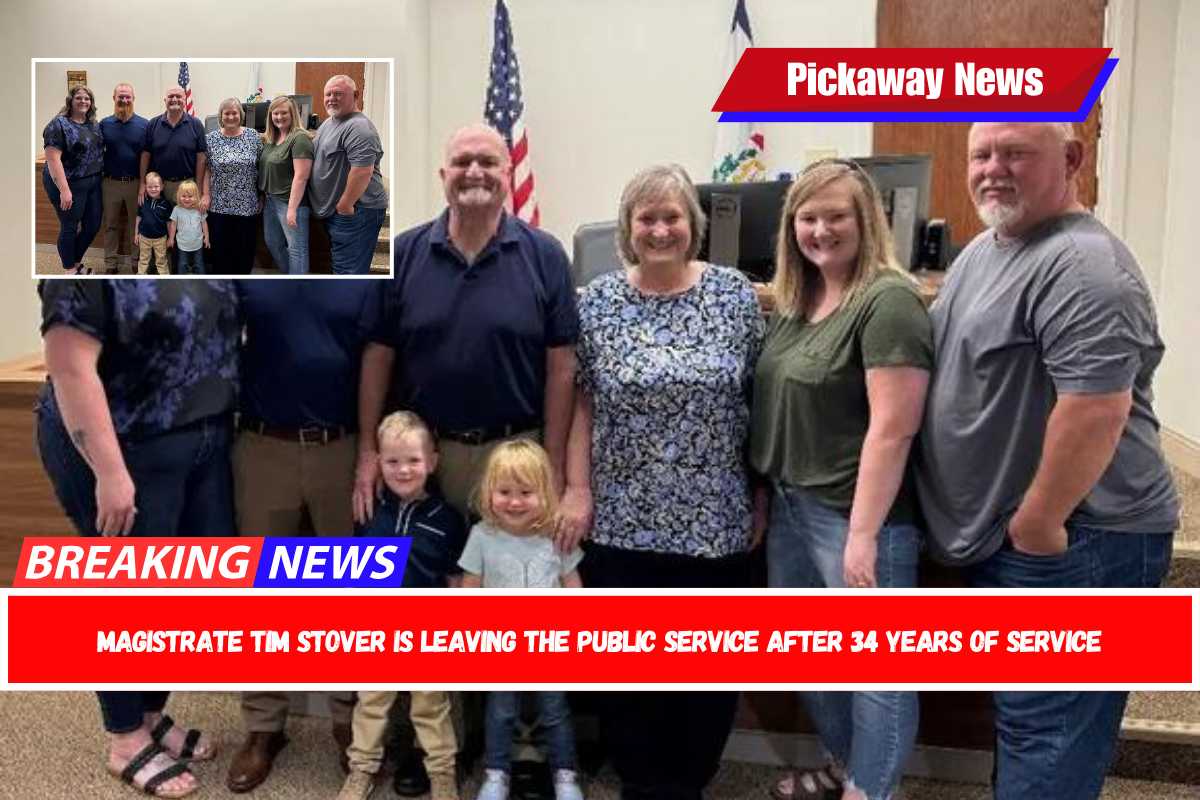Millions of Americans rely on the Social Security Administration (SSA) for retirement, disability, and survivors’ benefits.
However, recent reports indicate that the SSA is facing a funding crisis, which could result in longer wait times, lower service quality, and increased concerns about future benefit payments.
The Social Security Administration, which serves more than 70 million people, is under strain as demand rises and years of underfunding persist.
According to the agency’s own statements, Americans should expect delays in contacting Social Security offices, as well as potential staffing and support service cuts.
Budget Constraints Impact Service
In its 2024 budget justification to Congress, the SSA stated that it is facing significant budget deficits.
While the agency requested $15.5 billion to maintain operations and improve customer service, Congress only approved approximately $14.4 billion, far less than the agency’s stated needs.
This shortfall has already had a real-world impact. In an October 2023 report, the SSA stated that its ability to provide timely services has been “substantially compromised” due to funding issues.
Many field offices have reduced their hours, and average wait times for phone assistance and disability determinations have risen dramatically.
In some states, the average wait time for a disability hearing has exceeded 400 days. Customer service calls frequently take more than 35 minutes, with numerous dropped calls.
According to the SSA Service and Budget Information, these delays are expected to worsen unless additional funding is provided soon.
Staffing Cuts and Office Closures
One of the most concerning consequences of the budget cuts is a reduction in SSA staff.
Over the last decade, staffing levels have decreased by approximately 13%, while the number of beneficiaries has increased. This has resulted in fewer employees handling an increasing number of claims and customer inquiries.
The SSA intended to hire more employees in 2024 to improve service delivery, but budget constraints forced the agency to halt hiring in many locations.
Some field offices run with skeleton crews, resulting in longer wait times and backlogs.
The SSA currently has approximately 1,230 field offices throughout the country.
Though no mass closures have been announced, experts caution that reduced funding may result in fewer open locations or limited in-person services, particularly in rural or underserved areas.
Online Services and Their Limits
In response to staffing shortages, the Social Security Administration has encouraged more people to use its online portal, ssa.gov, which provides a variety of services such as benefit applications, address changes, and future payment estimates.
While these tools are useful for tech-savvy users, they do not completely replace the personalized support that many seniors and people with disabilities require.
In a recent update, the SSA encouraged beneficiaries to use the my Social Security account portal, which allows them to track earnings and manage their benefits online.
However, the digital divide continues to be a barrier for many people, particularly older Americans, who may lack internet access and confidence in using online tools.
What This Means for Your Benefits?
While the SSA’s current funding problems primarily affect customer service, long-term concerns about Social Security’s solvency persist.
According to the 2023 Trustees Report, the Social Security trust funds are expected to deplete by 2034.
If Congress does not act, incoming payroll taxes will only cover approximately 80% of scheduled benefits after that point. That means that future retirees may face a 20% reduction in benefits unless legislative action is taken.
To be clear, current benefits are not at risk. If you already receive Social Security, your payments will continue as planned.
However, if you intend to apply in the coming years, be prepared for potential delays in processing and limited access to assistance.
What Can You Do?
Here are a few steps you can take to stay informed and minimize disruptions:
- Create a my Social Security account: Sign up at ssa.gov/myaccount to access your statements, manage your benefits, and make updates.
- Apply early: If you’re planning to apply for retirement or disability benefits, start early to account for possible delays.
- Use online services where possible: Simple changes like direct deposit updates or getting benefit verification letters can be done online.
- Stay informed on Social Security policy: Check the Social Security Administration Newsroom for updates on service changes and funding issues.
- Contact your representatives: Let your local Congressional representatives know that maintaining SSA funding is important to you. You can find them via congress.gov.
Looking Ahead
Tens of millions of Americans rely heavily on the Social Security Administration. However, with rising demand, shrinking budgets, and a complex political environment, the system is under more pressure than ever before.
Unless Congress increases funding or reforms the program, service delays and frustrations are likely to persist.
While your current benefits are secure, future retirees may face greater uncertainty if legislative action is not taken soon.
For the time being, experts advise Americans to remain proactive: monitor their accounts, file as soon as possible, and advocate for a strong and responsive Social Security system.















